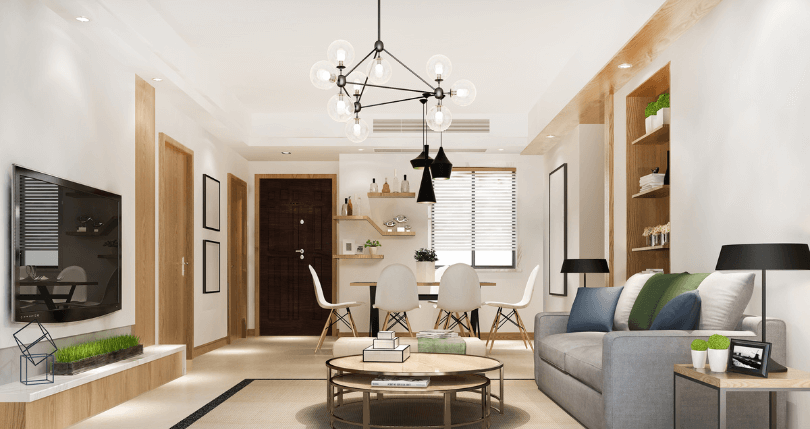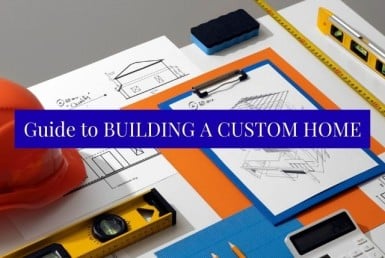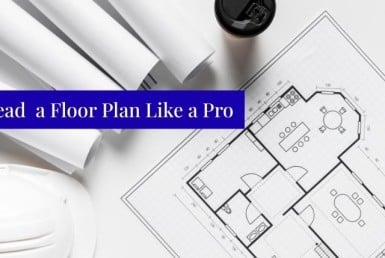How to Tour an Open House Event
Attending an Open House event can be both exciting and overwhelming, especially when there are multiple homes with a variety of sizes, floorplans, and price categories. These model homes are specifically designed to showcase the builders’ talents and will typically feature some of their finest work. Understanding what a model home is, what you can find there, and what you should do during your visit can significantly enhance the experience and inform your homebuying decision. To help you make the most of these events, here are some essential tips and strategies
1. WHAT IS A MODEL HOME
A model home is typically a decorated and furnished house used by homebuilders to demonstrate their homebuilding skills. These homes are often well-equipped with all the upgrades and amenities the builder offers, like top-tier fixtures, attractive interior designs, and cutting-edge home technology. The home serves as a display to inspire potential buyers and help them visualize living there or to give them an idea of what can be custom built for them.
2. WHAT SHOULD YOU DO AND NOT DO AT A MODEL HOME
Tour Thoroughly: Take your time as you walk through the model home. Open closets, look inside cabinets, and notice the quality of their construction. Whether doors align properly or not is a good indicator of quality construction. Pay attention to the layout, flow of rooms, and usability of the space. Consider how your own furniture might fit and how each space would serve your family’s needs. However, importantly, do not get blinded by the home’s bling. What that means is that all those exotic granite countertops, designer lighting fixtures, and beautiful flooring and tile are what you may notice first, and may be considered the most important things. Yet, the most important features that you cannot readily see , you should also check for: the comfort of the home, the healthy indoor air, and the energy efficiency, to name a few. More on this below in “Asking Questions.”
3. DO YOUR HOMEWORK
Before attending the Open House event, research the areas and the types of homes that will be showcased. Many builders have websites and brochures that offer preliminary information. Look up the builder’s reputation, read reviews, and check their previous projects. This will give you a good idea of what to expect and help you focus on properties that genuinely meet your needs.
4. PREPARE A CHECKLIST
Create a checklist of what you’re looking for in a new home, including must-have features, preferred layout, and budget constraints. This will help you quickly assess each property’s fit to your needs. Consider aspects like those listed below.
- Number of bedrooms and bathrooms
- Kitchen layout and appliances
- Energy efficiency and sustainability features
- Yard and outdoor spaces
- Community amenities
5. PLAN YOUR VISIT
These events can cover large areas with many homes open for viewing. Plan your route to maximize your time. Start with the homes that most interest you or those that might attract many visitors to avoid crowds later in the day.
6. TAKE NOTES AND PHOTOS
With many homes to remember, details can blur. Take notes on each house’s features, the pros and cons. Snap photos or videos with your phone to help jog your memory later. These will be invaluable when you sit down to compare homes. Caveat: a word of caution before you do this. Always ask for permission. Photography is not always allowed, and asking for permission is the courageous thing to do.
7. ASK QUESTIONS
With builders or their sales staff on hand, and even mortgage lenders, take this opportunity to ask as many questions as possible. Inquire about:
- Energy Efficiency Certifications
A home with a BUILT TO SAVE®or ENERGY STAR®certificatehas been verified to provide high-performance home benefits like savings on utilities, more comfort(which comes from a properly sizedA/C unit), better indoor air quality, durable construction, and less maintenance over time. A home without either of these high-performance home certifications is just built to minimum code standards.
- Home Warranties
A home can be covered by several warranties. Ask about: the builder’s warranty (defects in materials and workmanship); manufacturer warranties (appliances and components); a home warranty service agreement (repairing or replacing major home system components);a structural warranty (covers significant structural defects to the home for up to 10 years)
- Financing options and incentive
Ask if the builder offers in-house financing or has a preferred lender partnership. There may be incentives if you go through their preferred lender.
- Community life
Ask about community amenities; the school district’s reputation; property taxes; community rules and regulations; Homeowner’s Association (HOA) fees.
8. EVALUATE THE NEIGHBORHOOD
As you explore, assess the neighborhood and its amenities. Look for parks, schools, shopping, and transportation. Drive through surrounding areas to get a feel for the community and whether it matches your lifestyle.
9. ENGAGE WITH MORTGAGE LENDERS
If mortgage lenders are onsite, discuss financing options. This can include down payment requirements, interest rates, and special programs for first-time buyers. Understanding your financial options early can significantly influence your decision-making process.
Find a Mortgage Lender
Start your search for mortgage lenders
10. FOLLOW UP
After the event, review your notes and contact the builder or sales representative for follow-up questions or to arrange a second visit. It’s also a good time to discuss potential negotiations or customizations.
11. STAY OPEN-MINDED
While you may have a clear picture of what you want, staying flexible can sometimes lead to discovering a gem that wasn’t on your radar.
By preparing ahead, focusing during the event, and following up afterward, you can maximize your touring visit. This approach not only ensures that you find a home that meets your specifications but also helps you fully understand the lifestyle each property offers.
New Homes Guide Magazine
The latest new home trends, up-and-coming neighborhoods, and more.
© RGV New Homes Guide, 2024. Unauthorized use and/or duplication of this material without express and written permission from this site’s author and/or owner is strictly prohibited. Excerpts and links may be used, provided that full and clear credit is given to RGV New Homes Guide with appropriate and specific direction to the original content.





